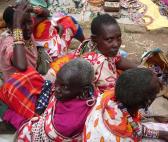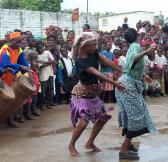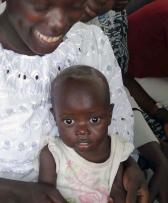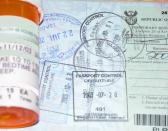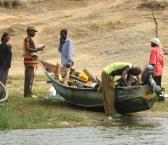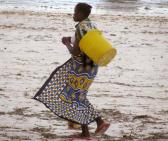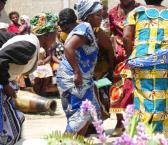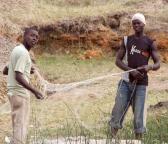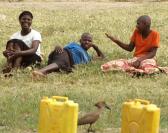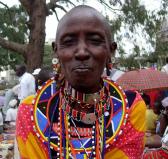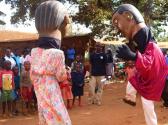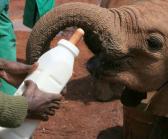HPTN-039
Rationale
Research indicated that HSV-2, the most common cause of genital herpes, was a risk factor for HIV.
People infected with HSV-2 who have sex with someone infected with HIV are at a much greater risk (2-3 fold higher) of acquiring HIV than individuals who are not infected with the herpes virus. Approximately, one-third of new HIV infections in Africa are estimated to be due to HSV-2 infection. Prior research has shown that one in five adults in the United States and more than half of the adult population in some developing countries has HSV-2 infection. Rates of HSV-2 infection are especially high in places with the highest rates of HIV infection, and it is common for individuals infected with HIV to also be infected with HSV-2.
HSV-2 can cause sores or small breaks in the skin of the genital area that may make it easier for HIV to transmit during sexual intercourse. HSV-2 infection also attracts to the genital region CD-4 T-cells, and HIV easily attaches to this type of cell. Acyclovir suppresses the activity of HSV-2 and the biological conditions that make HSV-2 infected individuals more susceptible to HIV infection. By suppressing HSV-2, the researchers theorized that the drug could help HSV-2-infected individuals reduce their risk of becoming infected with HIV.
Study Description
 HPTN 039 was a randomized, double-blinded, placebo-controlled clinical study designed to determine if the use of acyclovir can protect HSV-2-infected individuals at high risk of HIV infection from becoming infected with HIV. The trial's secondary objective was to determine whether acyclovir could reduce the occurrence and frequency of genital ulcers among HSV-2 infected individuals. Additionally, the researchers wanted to assess how well HSV-2 infected individuals adhere to a twice-daily acyclovir drug regimen.
HPTN 039 was a randomized, double-blinded, placebo-controlled clinical study designed to determine if the use of acyclovir can protect HSV-2-infected individuals at high risk of HIV infection from becoming infected with HIV. The trial's secondary objective was to determine whether acyclovir could reduce the occurrence and frequency of genital ulcers among HSV-2 infected individuals. Additionally, the researchers wanted to assess how well HSV-2 infected individuals adhere to a twice-daily acyclovir drug regimen.
During the study, volunteers were instructed to take two 400 milligram (mg) acyclovir tablets twice daily for 12 to 18 months. Researchers randomly assigned half of the study volunteers to a group that received 400 mg acyclovir tablets; the other half received placebo tablets. None of the study volunteers, clinical staff or researchers knew which specific group the volunteers were assigned.
Throughout the study, volunteers received safe-sex counseling and information on how to avoid HIV exposure and were supplied with condoms. Clinical study staff regularly met with the volunteers to discuss any symptoms of genital herpes, examine the volunteers for signs of genital herpes, monitor any adverse effects associated with the use of acyclovir, and to test for HIV infection, and, if indicated, other sexually transmitted infections.
Volunteers who became infected with HIV during the trial were provided access to medical treatment, care and support through local providers.
Results
Study obtained answers to key scientific questions The study officially ended in November 2007. The researchers found no evidence that twice-daily acyclovir prevents HIV infection among HSV-2 infected women and men who have sex with men. Specifically, there was a 3.9 percent HIV incidence rate (75 cases) among those participants who received acyclovir, while there was a 3.3 percent HIV incidence rate (64 cases) among those who received placebo. There was no statistically significant difference in HIV rates between those participants who received acyclovir and those who received placebo.
The study provided additional evidence that acyclovir reduces the occurrence of genital ulcers in HSV-2-infected individuals. The volunteers who received acyclovir experienced a 37 percent reduction in genital ulcer incidence. The study was the largest clinical trial to date to examine herpes suppression as a possible means of reducing the risk of HIV transmission.
For more information:

